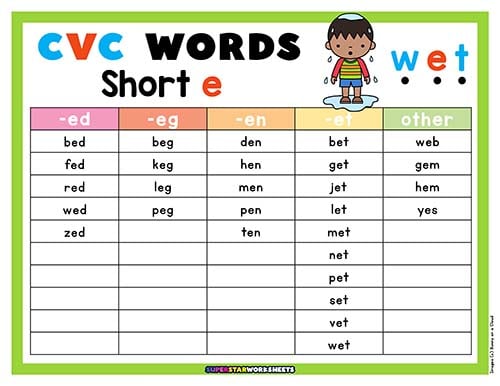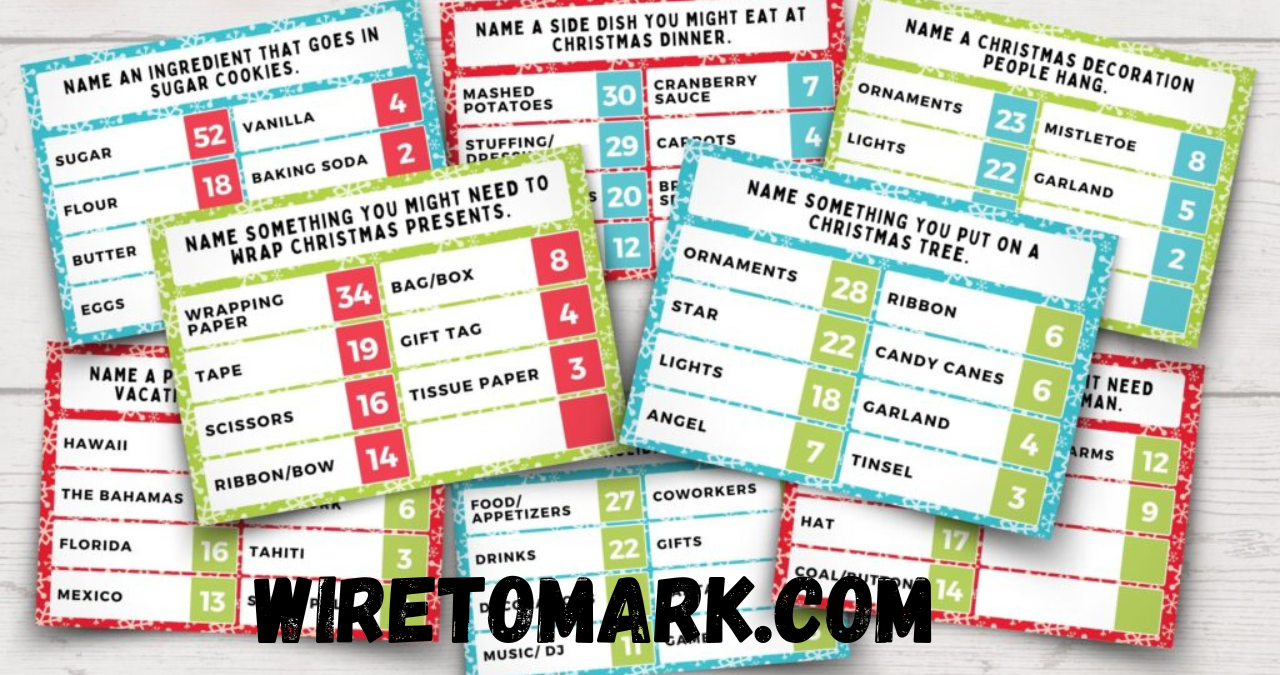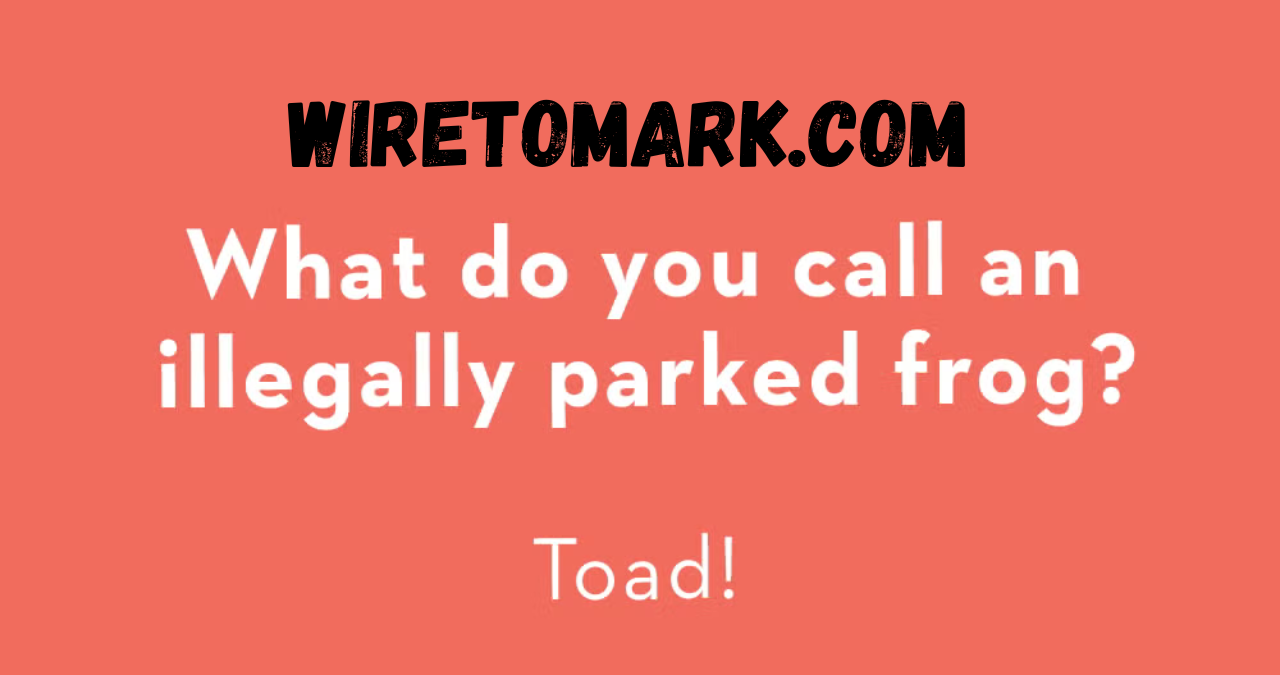Learning to read is one of the most exciting milestones in a child’s life. Among the very first steps in this journey is understanding CVC words list, a cornerstone of early literacy. CVC words—those short, three-letter combinations that follow the pattern of consonant-vowel-consonant—help children build strong reading foundations. They’re simple, fun, and surprisingly powerful when it comes to boosting phonics skills.
If you’ve ever watched a child sound out cat, dog, or sun, you’ve seen the magic of CVC words in action. These short words open the door to reading independence. In this article, we’ll dive deep into how CVC words work, why they’re essential, and how you can use them to help little readers gain confidence.
Understanding the CVC Words List and Its Importance
Before diving into examples, let’s first understand what a CVC words list actually represents. “CVC” stands for Consonant-Vowel-Consonant, and it describes the structure of the word. Words like map, pen, and dog all fit this pattern. They are short, easy to sound out, and ideal for introducing phonemic awareness—the ability to recognize individual sounds in words.
This simple structure is what makes these words so valuable for beginners. When a child learns how to pronounce each sound separately and then blend them together, reading starts to make sense. The brain connects letters to sounds, and words begin to take shape naturally. Educators love CVC words because they give immediate, tangible progress without overwhelming the learner.
Additionally, a CVC words list helps teachers and parents organize learning sessions. Instead of random word exposure, having a structured list ensures that every sound and letter pattern is introduced systematically. From bat to hug, these short words act like building blocks that prepare children for more complex reading tasks ahead.
How the CVC Words List Builds Early Reading Confidence
Confidence is key in any learning process, and reading is no different. The CVC words list provides a sense of accomplishment for children because these words are both short and achievable. When a child successfully reads a word like sun or red, it sparks motivation to keep learning more.
This success fuels curiosity. Once children can decode simple CVC words, they begin to notice similar patterns in longer words. The reading process becomes less about memorization and more about understanding. This shift from rote learning to decoding empowers young readers and builds long-term literacy skills.
Teachers and parents often notice a boost in self-esteem when children master their first CVC word sets. It’s the first real step toward independent reading, and that sense of achievement sticks. Each tiny victory—reading a flashcard or completing a worksheet—strengthens their belief that “I can read.”
Common Categories Found in a CVC Words List
CVC words are not limited to one vowel or sound pattern. A well-rounded CVC words list usually contains words grouped by vowels—short a, e, i, o, and u. This helps children focus on one vowel sound at a time before mixing them together.
For example, the short a words include cat, bag, and jam. Once learners master those, they move to short e words like pen and bed, then to i words such as pig and lip. This progression helps develop strong phonics understanding. Teachers often use color-coded flashcards or worksheets to make the process interactive and visually engaging.
Another useful way to categorize CVC words is by rhyme families. Words like cat, bat, hat, and mat all share the -at ending. Rhyme families make learning more playful and memorable because children can predict patterns. They start to realize that changing the first letter can create entirely new words, which encourages experimentation and confidence.
Why Phonics and the CVC Words List Go Hand in Hand
Phonics instruction focuses on the relationship between letters and their sounds, and that’s exactly where the CVC words list shines. These words are the purest form of phonics practice. Each letter contributes a distinct sound, allowing children to clearly hear and see the connection between print and pronunciation.
When students learn to segment and blend sounds—like breaking dog into /d/ /o/ /g/ and blending it back into “dog”—they’re practicing one of the most critical early reading skills. CVC words make this process easy to understand and practice repeatedly without frustration.
In classrooms, phonics and CVC word activities go hand in hand. Teachers often use phonics games, sound cards, and small reading passages that revolve around CVC words. This combination keeps learning lighthearted but effective. It’s hands-on learning with immediate feedback, making it easier for kids to stay engaged.
Simple Ways to Teach Using a CVC Words List

Introducing the CVC words list doesn’t have to feel like a lesson—it can be a game. Start with sound recognition by focusing on each letter’s sound before blending. For instance, point to cat and emphasize each sound: /c/ /a/ /t/. Slowly blend them together and let the child repeat until it feels natural.
Games such as memory match, sorting cards, or digital phonics apps can make learning exciting. Children thrive when they see reading as play rather than pressure. Flashcards, magnetic letters, and whiteboards are also wonderful tools for at-home practice.
Another fun idea is to build CVC word stories. Let kids create simple sentences like “The dog ran” or “The sun is hot.” Even these tiny sentences help connect the dots between reading and comprehension. When children see that their short words can form real ideas, their motivation skyrockets.
The Role of Visuals in Learning CVC Words
Visual learning plays a massive role when working with a CVC words list. Pairing images with each word helps children make faster connections between sounds, letters, and meanings. For example, showing a picture of a cat alongside the word “cat” makes decoding both logical and memorable.
Teachers often use picture charts, illustrated books, or digital slideshows filled with CVC word visuals. This multi-sensory approach appeals to visual learners and strengthens word recognition. It’s also an excellent way to introduce vocabulary in a meaningful context.
Using visuals helps prevent confusion, especially for children who might mix up similar sounds. When a child sees a cup instead of a cap, they instantly understand the subtle vowel difference. This kind of practice improves both reading fluency and pronunciation accuracy.
Expanding Beyond the CVC Words List
Once a child has mastered the basics from a CVC words list, the next step is introducing blends and digraphs. Blends such as bl, cl, or st and digraphs like ch or sh prepare readers for more advanced phonics patterns. However, CVC words remain the foundation upon which these later skills are built.
Educators often revisit CVC words even when students progress to higher levels. They’re great warm-up exercises and confidence boosters. For struggling readers, revisiting CVC patterns can reignite clarity and fill learning gaps that might have been missed the first time.
Remember, the goal is fluency, not speed. Once learners can decode CVC words automatically, they can move on to CVCe (magic-e) words like cake or hope. Each new pattern builds naturally from what they already know.
Fun Activities to Reinforce Learning CVC Words
Children learn best when they’re having fun. Incorporating playful activities centered on the CVC words list can make learning stick. Word hunts are a favorite—hide flashcards around a room and ask children to find and read them aloud. Another great game is “Spin and Read,” where kids spin a wheel with consonants and vowels to create random words.
You can also use arts and crafts to strengthen learning. Have children draw pictures of CVC words, make mini-books, or build words with playdough letters. The hands-on experience helps connect physical and mental learning processes, which boosts memory.
For classroom settings, group games work wonders. Activities like “CVC Bingo” or “Word Race” encourage teamwork while reinforcing phonics. The combination of fun, competition, and repetition helps kids retain what they learn effortlessly.
Why Parents Should Use a CVC Words List at Home
Parents are children’s first teachers, and having access to a CVC words list can make at-home learning simple and effective. These lists are easy to find or create, and they don’t require fancy materials. A notebook, a few flashcards, and daily five-minute practice can make a huge difference.
When parents engage in reading sessions, children feel supported and motivated. It transforms reading into a shared experience rather than a school task. Consistency is key—short, frequent sessions work far better than long, stressful ones.
At home, CVC words can also appear naturally in daily life. Pointing out words like cup, bag, or bed in real settings reinforces learning. Turning reading into a real-world adventure keeps kids interested and curious.
Common Challenges with Learning CVC Words
While the CVC words list provides a strong foundation, some children may still face challenges. Mixing up vowel sounds is one of the most common issues. The short e and i sounds, for instance, can sound quite similar to young ears.
Another challenge is blending. Some learners can identify individual sounds but struggle to merge them smoothly into a full word. This issue usually resolves with consistent practice and gentle correction. Using visual aids or listening games can also help children tune their ears more effectively.
Patience is crucial. Every child learns at a different pace, and forcing speed can lead to frustration. Instead, focus on accuracy and enjoyment. Celebrate each success, no matter how small, and gradually increase difficulty as confidence builds.
Tips for Teachers When Using a CVC Words List
Teachers play a vital role in how effectively a CVC words list is introduced. The best approach blends structure with creativity. Start each session with sound recognition exercises before moving on to blending and reading.
Interactive lessons keep engagement high. Instead of drilling words, incorporate games, stories, and songs. Young learners respond better to variety than repetition alone. Grouping words by vowel sounds, rhymes, or themes can also make lessons more cohesive.
Assessment shouldn’t feel like a test. Short, fun quizzes or observation during reading games give plenty of insight into progress. Celebrate small victories—every new word read independently is a major milestone for a child.
Building a Complete CVC Words List for Practice
A comprehensive CVC words list usually includes examples for every short vowel sound. For short a, words like cat, man, and hat are essential. For e, try pen, bed, and red. Short i offers pig, lid, and bin. Then comes short o with top, hot, and dog, and finally, short u with sun, cup, and bug.
It’s helpful to organize these into printable charts or small notebooks for daily review. Each time children read through the list, they get stronger at identifying patterns and decoding automatically. This daily practice becomes a cornerstone of reading fluency.
Remember that variation matters. Mixing familiar and new words in each session keeps learners challenged but not overwhelmed. Over time, CVC words become second nature, and the path to longer words becomes much easier.
How CVC Words Shape Future Literacy Skills
The impact of a CVC words list extends far beyond kindergarten or early reading. These words create the mental framework that allows children to decode any unfamiliar word they encounter later. The skill of blending and segmenting sounds remains valuable well into advanced reading stages.
By mastering CVC words, students gain the tools to tackle complex spelling patterns, multisyllabic words, and even grammar concepts. They develop phonemic awareness, which is the foundation of all reading and writing fluency.
In essence, learning CVC words isn’t just about reading small words—it’s about unlocking the ability to read anything. That’s the real power behind these seemingly simple combinations.
Conclusion
The CVC words list might look simple, but it holds tremendous educational value. It builds the foundation for reading, writing, and spelling in a way that’s both accessible and enjoyable. By focusing on sound recognition and blending, children gain confidence and independence in their reading journey.



